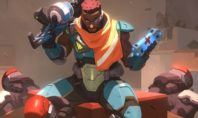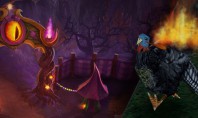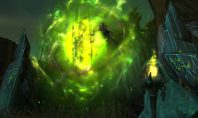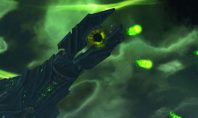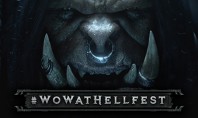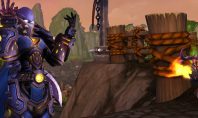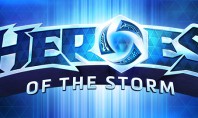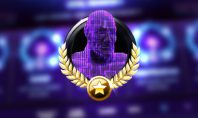Opening Moves: Neue Blogeintränge zu den eSports-Szenen von Blizzard
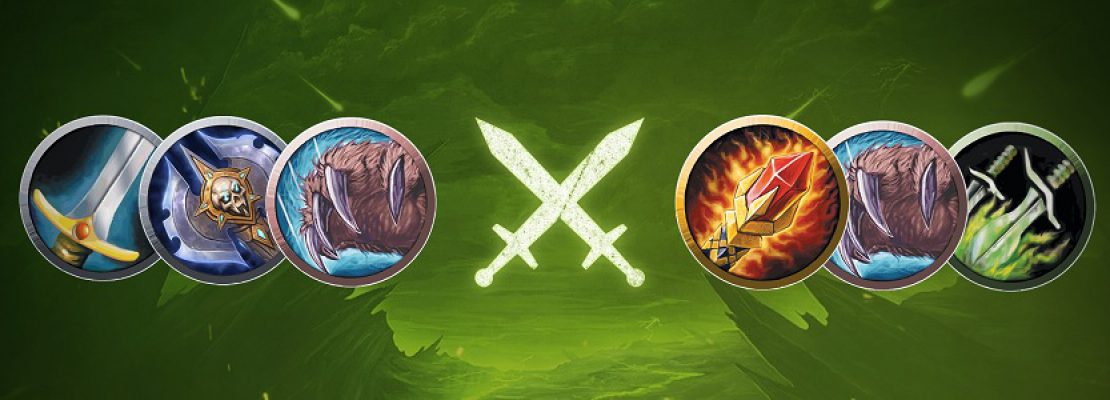
Um die für diesen Monat angesetzten Starts (bei einigen Titeln bereits durchführt) der diesjährigen kompetitiven Wettkampfphasen ihrer verschiedenen Computerspiele gebührend mit ihrer Community zu feiern, haben die Mitarbeiter von Blizzard Entertainment im Verlauf des heutigen Abends ein neues Projekt mit dem Namen „Opening Moves“ ins Leben gerufen. Dabei handelt es sich im Grunde um eine neue Reihe von kurzen Blogeinträgen für jeden von Blizzard erschaffenen Titel mit einer eSports-Szene, die sich im Grunde zwar alle mit dem Einstieg in diese kompetitiven Wettkämpfe beschäftigen, aber jeweils komplett andere Themen in den Mittelpunkt stellen und auf das entsprechende Spiel zugeschnittene Tipps von Profis beinhalten.
Da sich solch ein Projekt selbstverständlich nicht an einem einzigen Tag beenden lässt, möchten die Entwickler an jedem Tag der aktuellen Woche (Start 22. Januar) für jedes ihrer Produkte einen weiteren Artikel aus diesem Projekt veröffentlichten. Wer sich also für eines dieser Computerspiele oder die eSports-Szene von Blizzard Entertainment interessiert, der sollte in den nächsten Tagen jeden Abend auf den Communityseiten dieser Computerspiele vorbeischauen und die neuen Blogeinträge aus dieser Serie durchlesen.
Die heutigen Artikel aus der Reihe „Opening Moves“ beschäftigen sich mit den folgenden Themen:
- Hearthstone: Was ist die Win Conditions eures Decks?
- World of Warcraft: Wie nutzt man die 60 Sekunden vor einer Partie in der Arena?
- Overwatch: Wie verwendet man Ultimates?
- Starcraft 2: Welche Map sollte man bannen?
- Heroes of the Storm: Wie funktioniert der 4-1 Split?
Opening Moves: Win Conditions
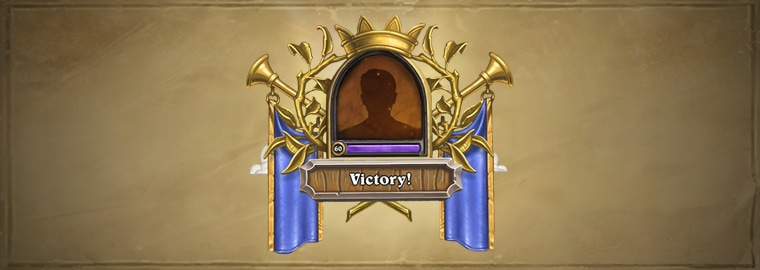
Welcome to Opening Moves week! Across all Blizzard esports, we’re celebrating the start of new competitive years—and the start of new matches in those esports. Each day this week, you’ll find a new short story on every Blizzard esport about elements of the earliest portions of a competitive match. Let’s dive right in!
For Day 1 of Opening Moves week in Hearthstone, we’re starting right from the beginning with the first thing you have to do to get a game underway—namely, building a competitive deck.
The first step in building a great deck is identifying your win condition. Do you want to win the game on the board by playing multiple minions and closing it out with Savage Roar or Bloodlust? Maybe you’ve crafted a crazy combo that requires multiple pieces—perhaps pairing Malygos with some damage spells? Or what about simply surviving your opponent, wearing them down with removal and eventually running them out of resources?
Choosing a Win Condition
„You basically have to decide what you want to do with your deck. You can be defensive or aggressive, or you can be mid-range; then, depending on that, you pick a class, and the class you pick also helps decide your archetype.“
Choosing a win condition can often be difficult, because some win conditions aren’t immediately apparent. If you look back at the deck lists for the HCT World Championship, you’ll find things like Aggro Druid using Savage Roar, but you’ll also find complex interactions to facilitate Cube Warlock (which uses Carnivorous Cube and Dark Pact to create additional copies of Doomguard or Voidlord) or Highlander Priest (which looks to put together Prophet Velen, Mind Blast, and Holy Smite after having played both Raza the Chained and Shadowreaper Anduin—which is a lot of combo requirements!). There are also decks that don’t run any apparent win condition cards at all and simply look to win by taking favorable trades, like Tempo Rogue.
As you improve as a player, you’ll move from the more obvious win condition cards (C’thun, minions with Charge, spells that you can kill your opponent directly with, etc.) toward some of these more complicated combinations. You may also find that your win condition requires some support to pull off—so join us tomorrow for Day 2, where we’ll evaluate how to round out a deck after you’ve picked your win condition!
Opening Moves: Before the Gates Open
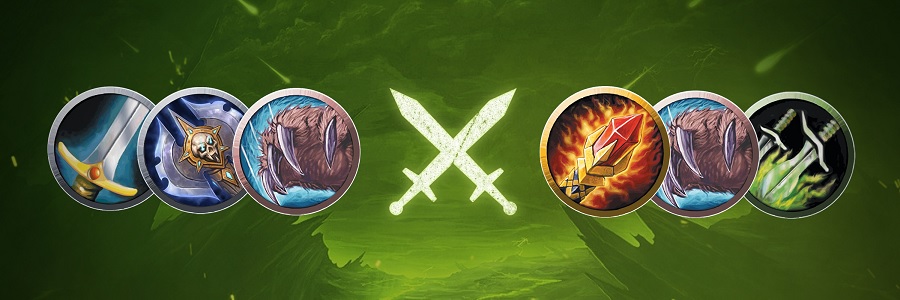
In any game of strategy, the opening moves are often the most crucial. A good opening can help a player or team establish a strong board position, providing protection for key units or perhaps putting early pressure on an opponent. Opening moves in strategy games like Go and Chess have been studied extensively for hundreds of years, and a wealth of knowledge can be easily accessed by those eager to learn. Though esports are relatively new when compared to these ancient games, there is still much to be learned about the deep strategies involved at the highest levels of play. As such, we’ve teamed up with professional World of Warcraft esports players to discuss the opening moves and strategies that they employ in 3v3 Arena.
In World of Warcraft Arena, two teams of three players clash in heated battles to the death. Each match is a constant struggle to deal damage, disrupt opponents, and protect allies. But the opening moves of each match begin 60 seconds before combat starts—in the cramped staging area, where hearty gladiators choose what mount they’ll ride into battle upon . . . as well as iron out their strategy.
“It’s way easier to go into the match with a game plan than to try and figure it out on the fly.”
During the 60-second pre-match phase, each team can see their opponents’ character classes and specializations, which is just enough info to help form an initial strategy and make any necessary talent changes.
“The more experience you have playing against different matchups, the better you’ll get at deciding how to approach them,“ said Jason “Pika” Smith, member of Tempo Storm and one of the most famous Rogue players in the world. “Take what you’ve learned in your previous games—wins and losses—and apply it to the next match. Before the game starts, figure out if you’ll need to play aggressively or defensively, based on your experience against the current matchup, and pick a target to open on.”
“What kind of comp are you running, and what are you trying to achieve?”
One of the most important things to establish before your match begins is clarity of purpose. But in addition to aligning on your team’s game plan, it’s important to think about your opponents’ strategy as well.
“Understand how the enemy wins and play around that to deny their win condition,“ said Alex „Alec“ Sheldrick, team captain of the 2017 World of Warcraft Arena World Champion team, ABC. “For example, if you’re playing as a healer and you’re facing a Rogue comp, you know you’ll be blinded. One of their win conditions is to draw early cooldowns from you, [so] don’t play into their strategy.”
Once your game plan is all ironed out, it’s time to think about how you’ll strike fear into the hearts of your opponents as you charge into battle. First impressions are everything, so Pika prefers to ride out upon his Crimson Deathcharger, or his daunting yet noble Magic Rooster. Alec sticks to the classics: either an Amani War Bear or an early Nether Drake from The Burning Crusade to remind his foes that he’s been at this for a long time.
Come back tomorrow as we open the gates on part two of our weeklong #OpeningMoves series for World of Warcraft Arena.
Opening Moves: Dropping the Hammer
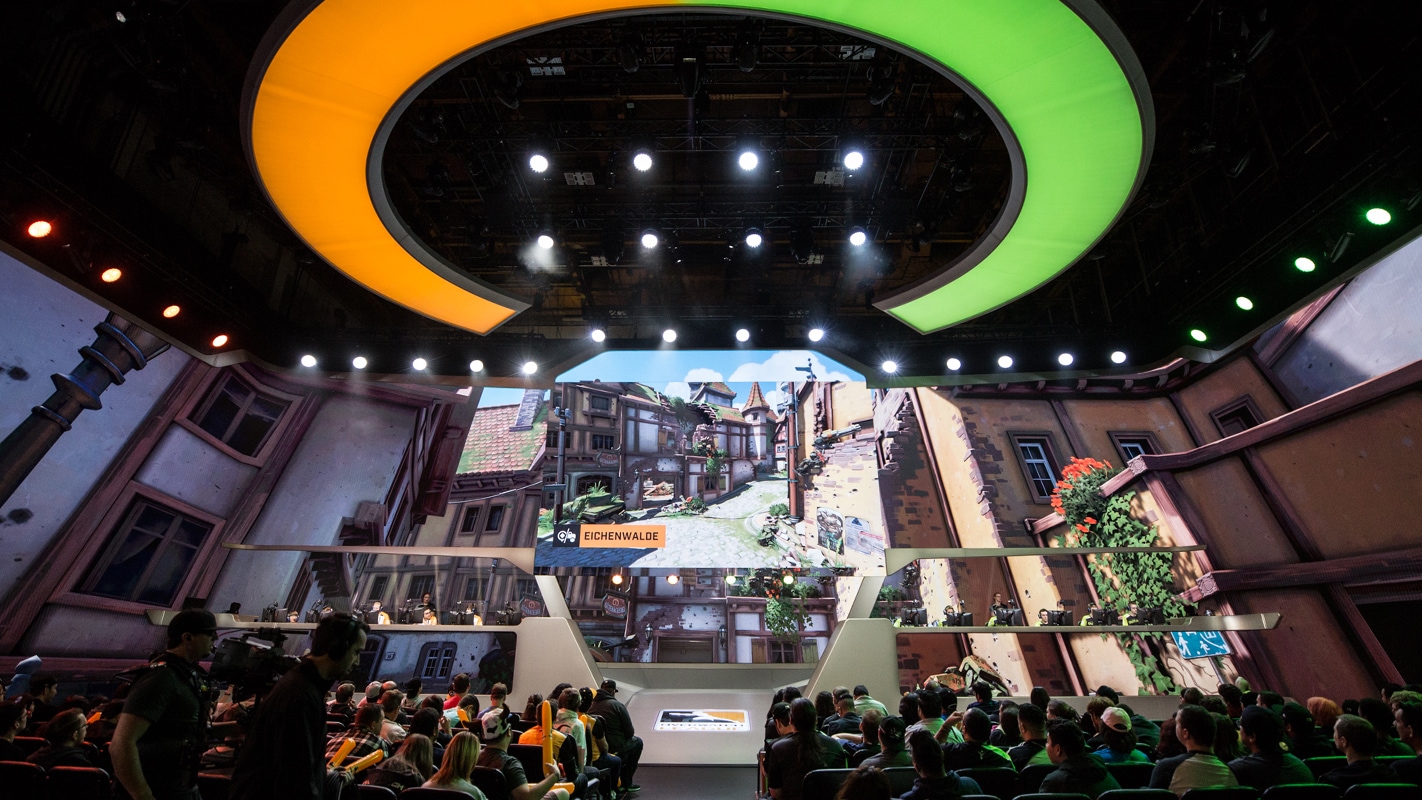
Overwatch is a game of ultimates: powerful, game-changing abilities so strong that in other first-person shooters they would be considered cheating. However, there is one point in every Overwatch game where they are a secondary concern—the first team fight. Ultimate Meters require their users to deal damage or heal their teammates to reach full charge. Thus, at the start of a game, both teams are in a mad dash to an ultimate finish.
While winning the first team fight without using any ults can help guarantee a win on the next confrontation, a fast ultimate often results in an easy team wipe. This is especially important on control maps, where winning the first fight usually means taking control of the point. Some teams even try to augment how quickly their players charge those first ultimates by boosting teammate damage with Mercy’s Caduceus Staff or playing around Zarya’s Protective Barriers, which allow Heroes to deliberately take damage in order to boost her personal damage output.
The whole time, teams have their eyes on each other’s ultimates. After years of high-level Overwatch play, most pros can tell when the other team has fully charged one ultimate or another. However, sometimes even the pros can be surprised, and a freak ultimate is charged far quicker than either team was prepared for.
Take this match, where the Philadelphia Fusion faced off against the Houston Outlaws. In a rare Reinhardt vs. Reinhardt battle, both Reinhardt players are tasked with tracking how quickly the other charged Earthshatter. They do this by keeping a rough count of how many hammer swings and Fire Strikes the opposing player lands, and most pros are pretty accurate in their estimates.
But no one was ready for Philly tank Joona “Fragi” Laine to hit four Outlaws players each in consecutive Fire Strikes, good for a 60% ult charge in only six seconds. This allowed Fragi to reach Earthshatter in only 26 seconds, the fastest time for any Reinhardt player in the first week of Overwatch League.
To contextualize how quickly Fragi was able to charge his ultimate, here are some average charge times for several heroes known to gain their ultimates quickly (numbers through the first week of league play):
| HERO | AVG. TIME TO CHARGE ULT |
|---|---|
| Tracer | 65 seconds |
| Sombra | 68 seconds |
| Junkrat | 83 seconds |
| Widowmaker | 83 seconds |
| Mercy | 95 seconds |
Fragi got his Earthshatter so quickly that even he wasn’t prepared for it. In his excitement, he dumped his freak ultimate right into Muma’s shield, which nullified it entirely. Luckily for Fragi, he and his teammates would go on to win that fight, setting up Fragi for redemption. Around the same time Muma got his first Earthshatter—82 seconds after Fragi’s misfire—Fragi had a second Earthshatter ready and waiting:
This time he was prepared. Fragi returned the favor, fully blocking Muma’s first Earthshatter. Then he countered with his own ult, catching multiple Outlaws and locking them in place for his teammate, DPS Jae-Hyeok “Carpe” Lee, to finish off. In this game, Fragi charged two ultimates in 82 seconds, good for an average of 41 seconds. The league average for Reinhardt players? 96 seconds.
Check back tomorrow for part two of our Opening Moves series, where we’ll get some perspective from the London Spitfire head coach on how his team set up an unbreakable defense on Horizon Lunar Colony.
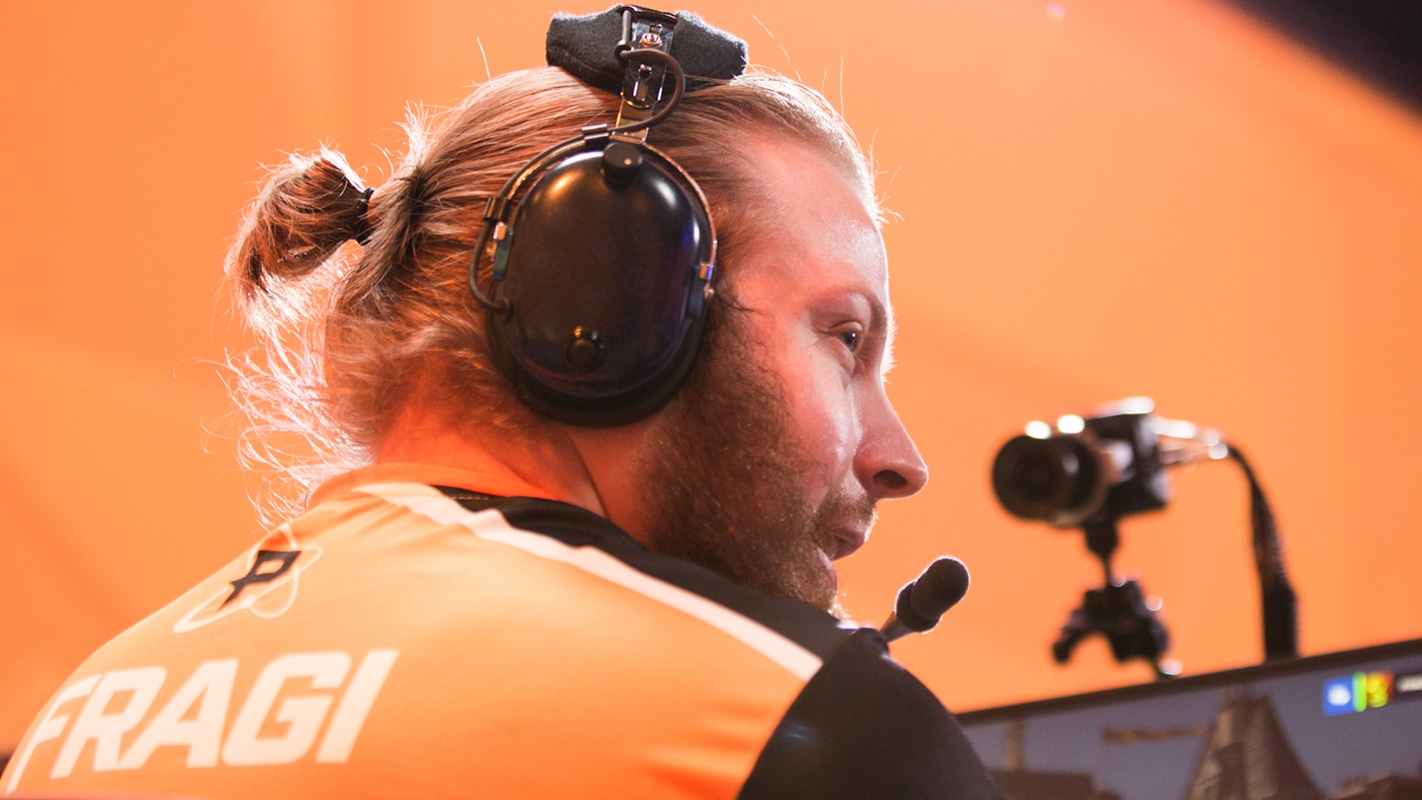
Opening Moves: Using the Map Advantage
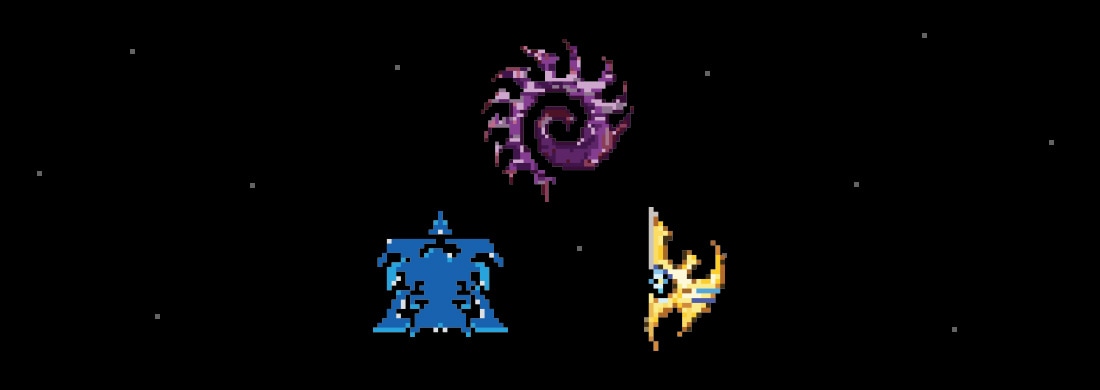
Before professional StarCraft II players take the field of battle, one of the most important tactical decisions they need to make is which map or maps to remove from the map pool. Vetoing maps lets players avoid what they feel would be their most disadvantageous arena and increase their chances at victory.
When it comes to making this important decision, it mostly comes down to unique map features, but there are some general things to consider. Below, Mikolaj “Elazer” Ogonowski and Sean “Probe” Kempen share some of those important specifics with us.
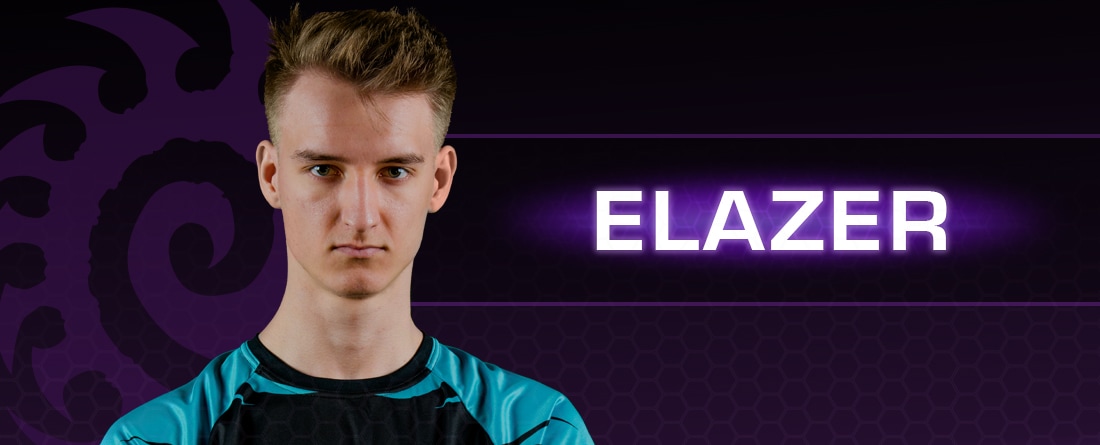
„It really depends on your own preparation. You would expect Zerg to veto a map that all Zergs hate, but if all Zergs veto it and you prepare a special strategy for that map, then it might be an ace up your sleeve. Sometimes when you play a worse opponent, you might switch up your vetos just because you feel confident and you want to hide which map you really don’t want to play. But usually there’s always one map that you just hate, and you remove it every series.“
„Maps usually follow some patterns when it comes to the first four base locations. There are maps like Acolyte and Violet Square where there’s a rear base that you can easily take—I hate those because they usually force you to plan for the late-game right from the start—or more standard ones like Blackpink or Catalyst where you need to expand to the front and you usually have two options for the third base.“
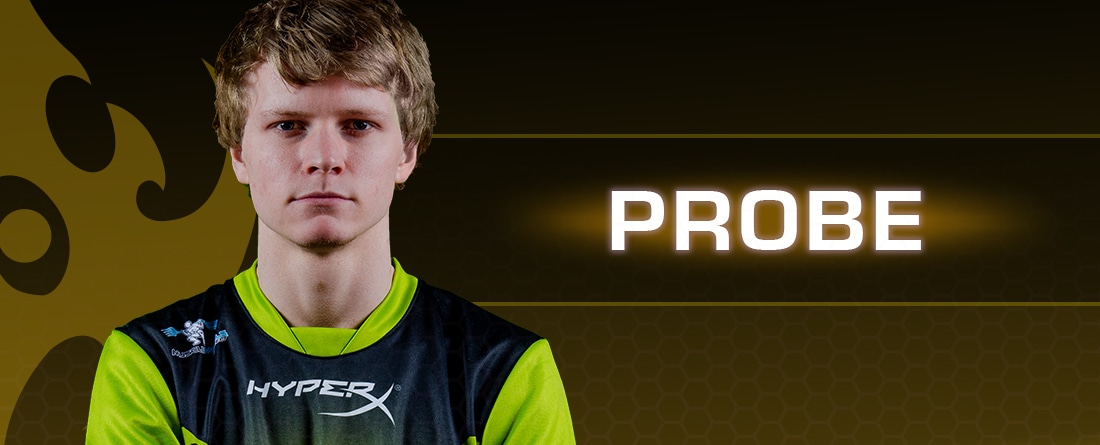
„If I know how my opponent is going to play on a certain map, and I am happy with my game plan to counter it, then I still might play on an un-favored map. It might also not be that it is bad for Protoss, but that it is bad for me and my specific styles.“
In our next installment of Opening Moves, we’ll look at how these players prepare when going up against different races.
Opening Moves: The 4-1 Split, Everything You Need to Know
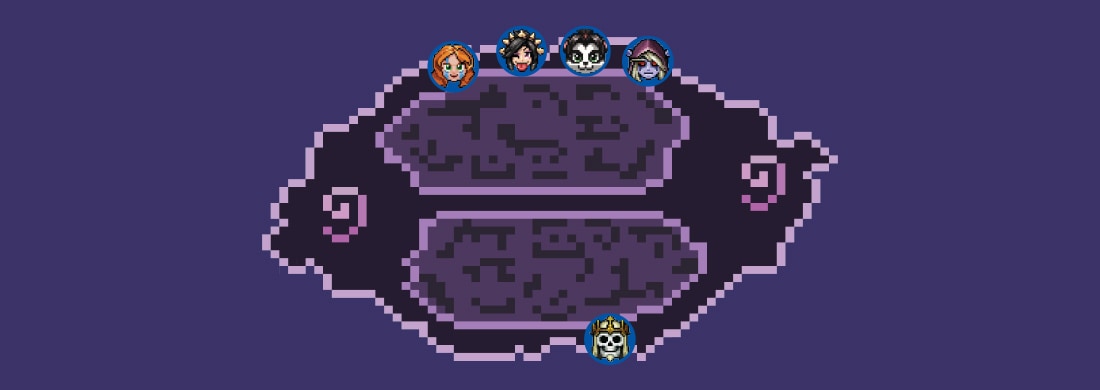
It’s 2018! A new year for esports has inspired us here at Blizzard to create content this week that aims to educate our player base on the variety of different ways to start a competitive match, informed by some of the best players in the scene. Check back every day this week for a new addition to the #OpeningMoves mini-series. Today we will focus on what is known as the “4-1 split”.
The 4-1 split is one of the most popular lane designations in competitive Heroes of the Storm. In a nutshell, it simply means that one team dispatches a solo laner on his own while the rest of the team rotates between two lanes in order to clear waves—typically mid and bottom or mid and top. The strategy is seen most often, and yields the most success, on two-lane maps such as Braxis Holdout, Battlefield of Eternity, Haunted Mines, and Hanamura.
Building A Successful Four-Man
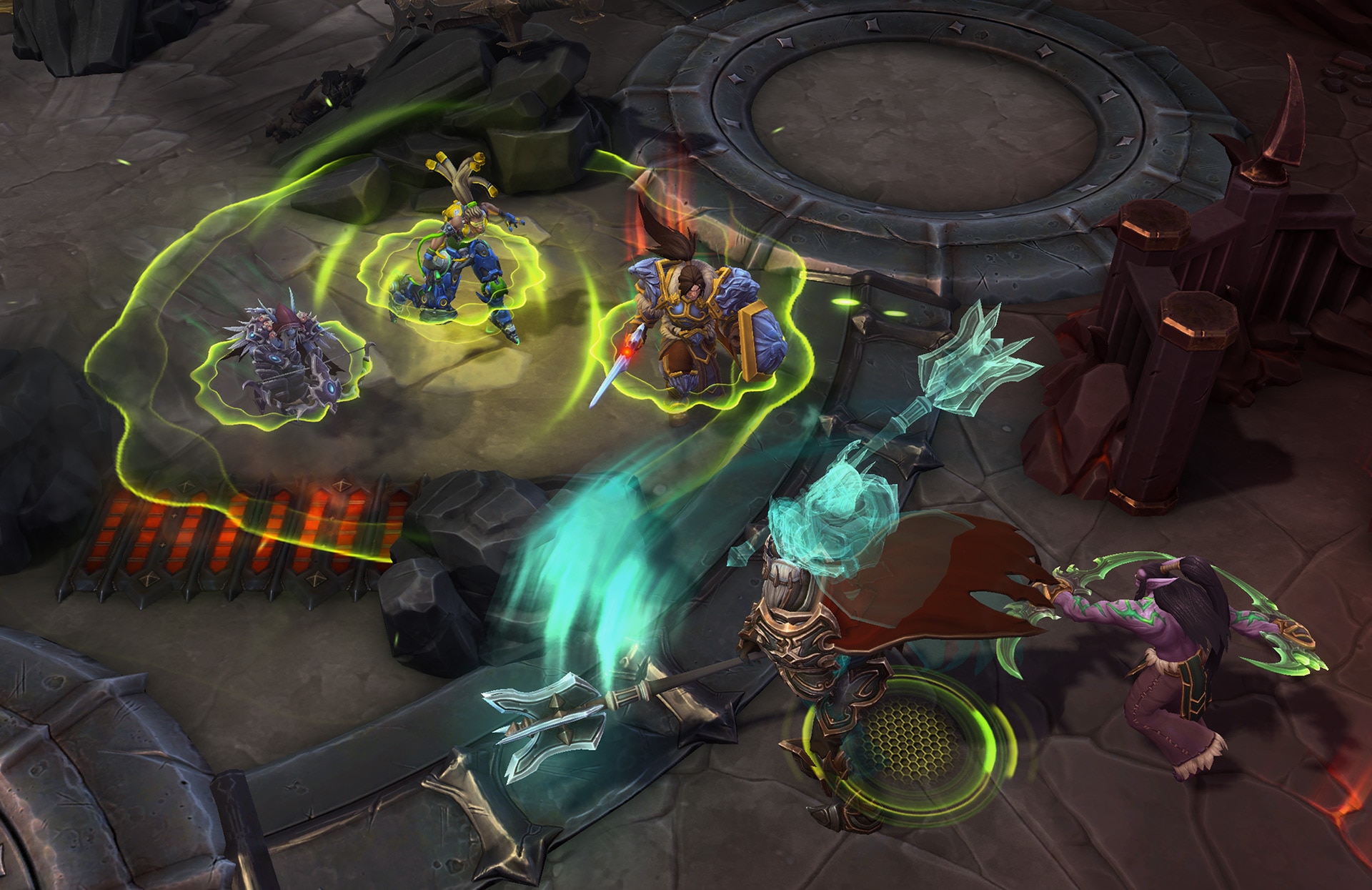
What makes a good four-man?
“It’s constantly evolving,” said Zealots ranged flex Adrian “adrd” Wojcik. “It used to be that the four-man was only ‘deathballing,’ or picking Heroes that out-sustain enemies and brawling four versus four. Oftentimes, though, you would end up in a situation where your four-man would be weaker than the opposing team’s. So, at this point you must work around that.”
Nowadays a good four-man is more oriented towards ganks and kill pressure. “Heroes like Muradin are a perfect example of this,” adrd explained. “He’s not that great for fighting and trading, but if he disappears from the map your solo laner is in danger of dying, and also the four-man needs to be careful so that he doesn’t flank and get a good stun that turns into a kill.”
Understanding the macro game means understanding the amount of pressure on the map at any given point in time. The most obvious pressure is lane pressure, when a wave is about to crash and must be cleared. The less obvious pressure occurs when an enemy Hero (specifically one that has crowd control or high burst damage) goes missing. When this happens, you must assume them to be anywhere and everywhere while playing reserved. When the four-man goes missing, it’s important to make yourself scarce, as you could be the next victim of a savage gank. Consider yourself warned.
Global Heroes and Specialist
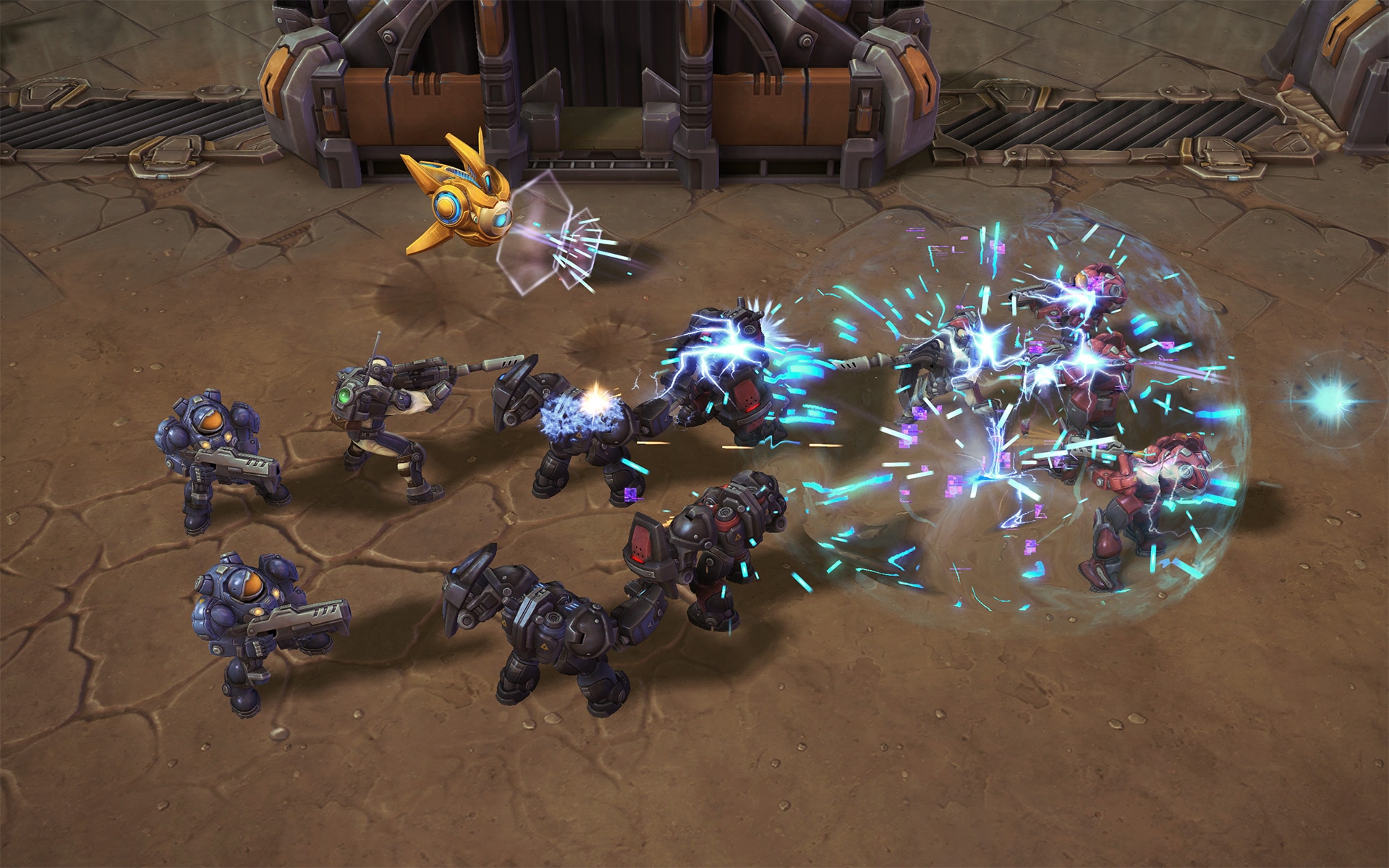
If losing soak is such a cardinal sin, why not employ the likes of a Hero with global abilities to make up for this? While some of the best offlaners are global Heroes, adrd is hesitant to endorse this strategy.
“We’ve seen in the HGC some teams playing Dehaka and Falstad even on two-lane maps,” adrd said. “Normally, if you are solo laning with a global hero and you use your global ability to gank other lanes you will lose a lot of experience. So, what people are doing on Braxis Holdout is putting Dehaka in top lane and Falstad in bottom lane. Dehaka can gank, and then after the gank Falstad can fly top so you don’t lose any experience. Rotating your globals around this way works really well, in the HGC at least.”
In Hero League though, it’s difficult to expect your teammates to be as coordinated. More often than not, the idea of a proper 4-1 split will fall apart in the draft, as the hero in the solo lane will either spell success or failure for your team.
The Role of an Offlaner
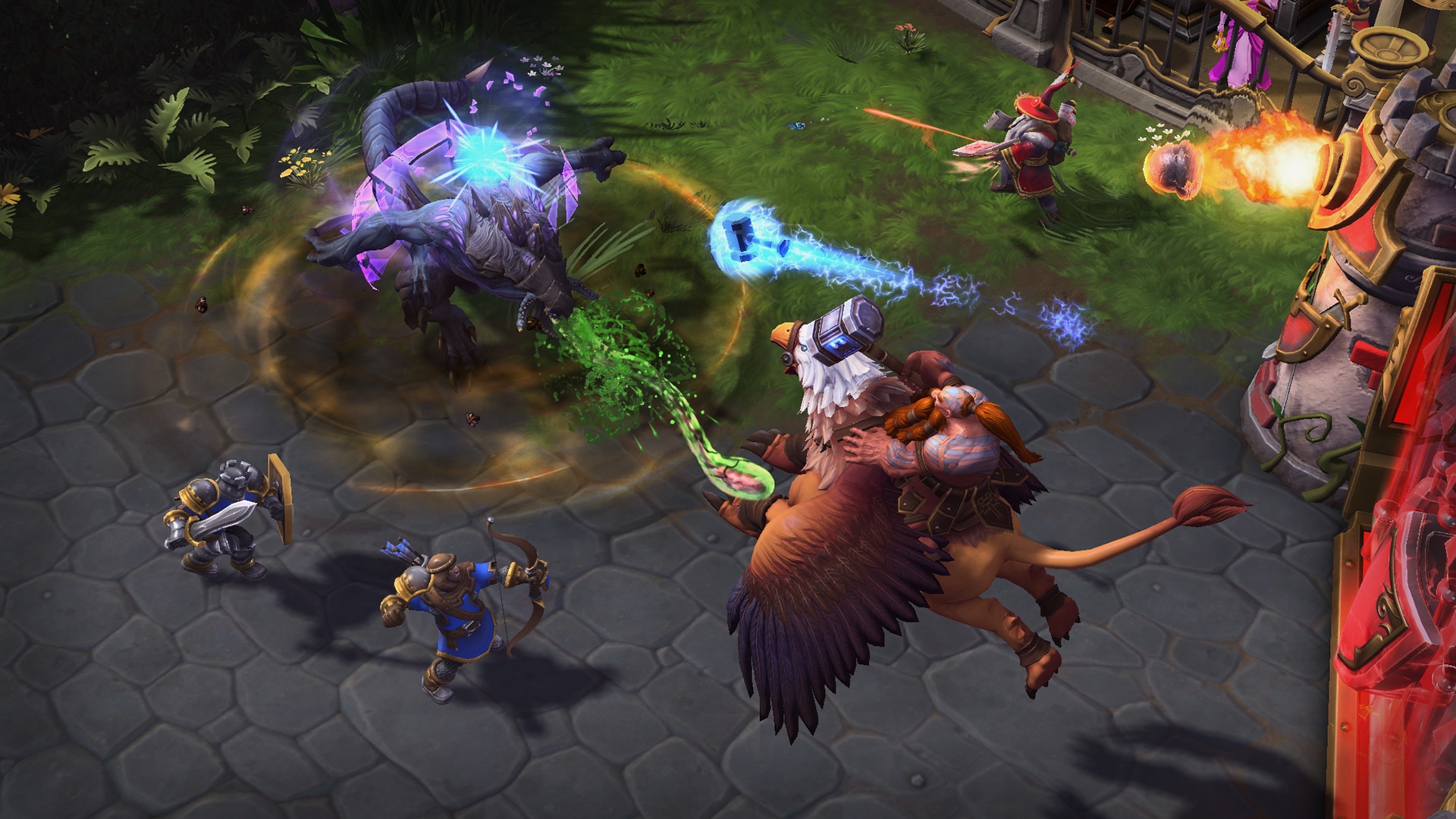
“You can probably hold one versus two.”
Remember this phrase the next time you step into a lane while outnumbered.
Assume your four-man is going well. They are getting kills and winning their rotation handedly. The advantage this brings doesn’t amount to much if the solo laner is struggling. The “1” in the 4-1 split is the most important part of the equation.
“I think most of the normal 1v1 laners are pretty decent at holding 2v1,” adrd said. “On some maps, it is very important that your solo laner doesn’t lose too hard. On Braxis, for example, it’s important to have a solo laner who can win their lane because it gives an insane advantage. You can hold one of the beacons for free basically after the structure in lane is gone. On most Battlegrounds, you have to consider how well the offlaner does in team fights as well.”
The best solo laners in the current meta would be Sonya, Leoric, Arthas, Greymane, Maltheal, and Dehaka. Outside of maybe Greymane and Maltheal, these are beefy frontline Heroes that excel at bullying opponents in lane and clearing waves quickly.
“You can run a lot of different setups, and the solo laner you use depends entirely on who they’re facing off against usually,” adrd added. “Some Heroes will not be able to hold a lane on their own.”
Depending on the map, you can decide for yourself if it’s more beneficial to take on the role of an offlaner or join in the four-man deathball. If you follow in the footsteps of the Mad Scientist, you’ll likely be winning rotations before you know it.
Check back with us tomorrow right here at playheroes.com/esports because we’ll be learning how to identify whether or not your team’s composition will emerge victorious from a fight at level 1.









